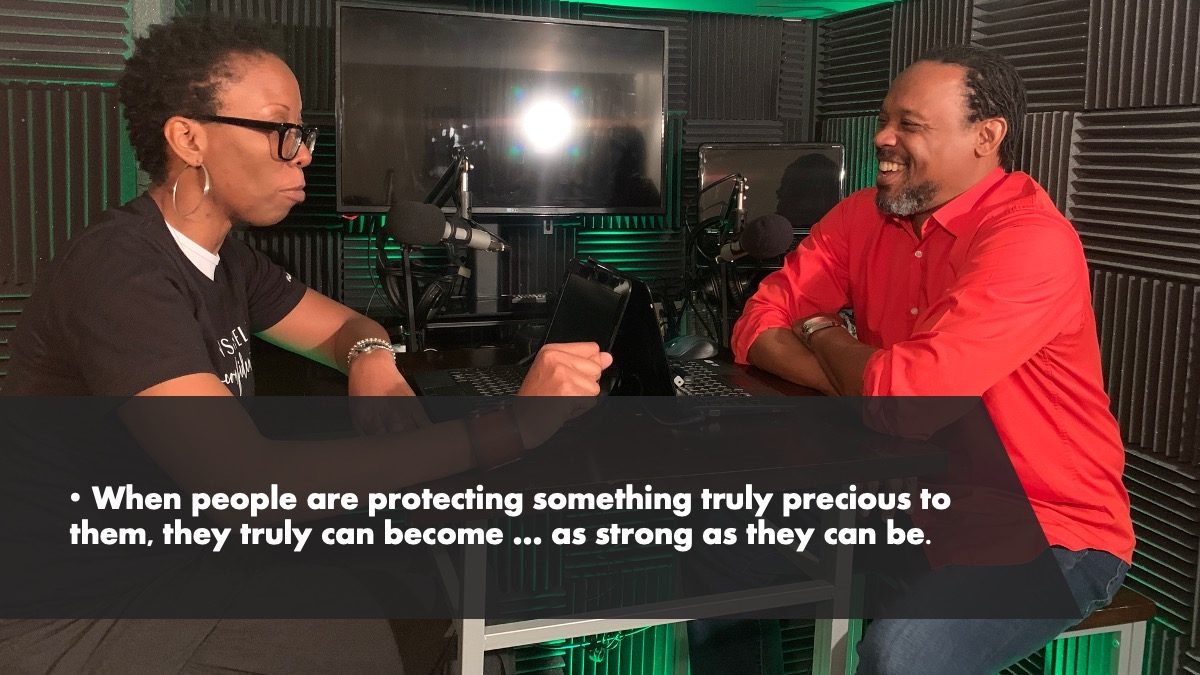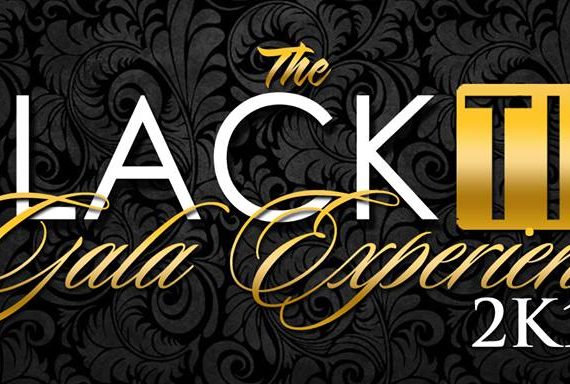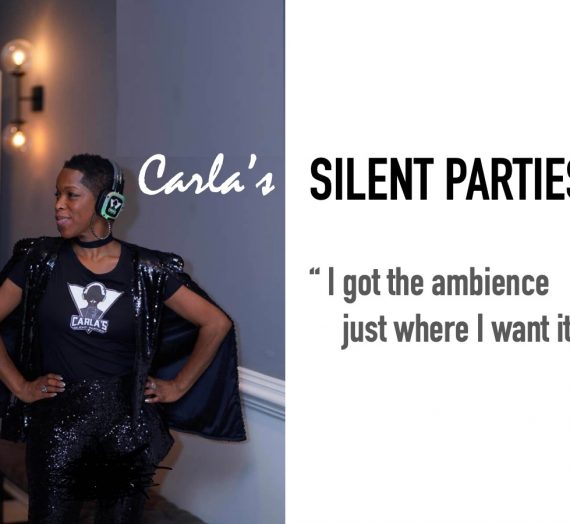Over years of conversations, I understand that steppers have different opinions and feelings towards the proliferation of Chicago Stepping. People are worried, joyful, excited, opportunistic, regretful, and enthusiastic. Steppers all react differently when we talk about Chicago Stepping in communities outside of Chicago. Inquisitively, I talked to Dave Maxx – one of the instructors from Chicago who pioneered teaching Stepping and building new dance communities in new cities beyond Chicago. I wanted to know:
- Did something go wrong? If yes, what went wrong?
- What does he recognize as the problems?
- Who are the wardens of Chicago Stepping, and how do we protect this dance?
Imagine pouring your all into a new hobby – going to classes regularly, practicing at home, dancing with different people at social sets, and traveling to workshops across the country for ten years to learn Chicago Stepping. Still, after ten years, as a stepper comparing yourself to those you see on the dancefloor in Chicago, you are just a beginner. Can you think of any hobby someone does for ten years and still be a beginner? When I Googled “how long does it take to become a professional dancer?” Google responded, “Training to become a professional dancer takes 8-10 years.” Imagine that! Certainly, this predicament of stunted learning sounds familiar to many steppers trying to learn Chicago Stepping. This is a symptom of one of the most discussed problems in my circles and is at the heart of this interview. It feels long overdue but good to share what Dave Maxx said.
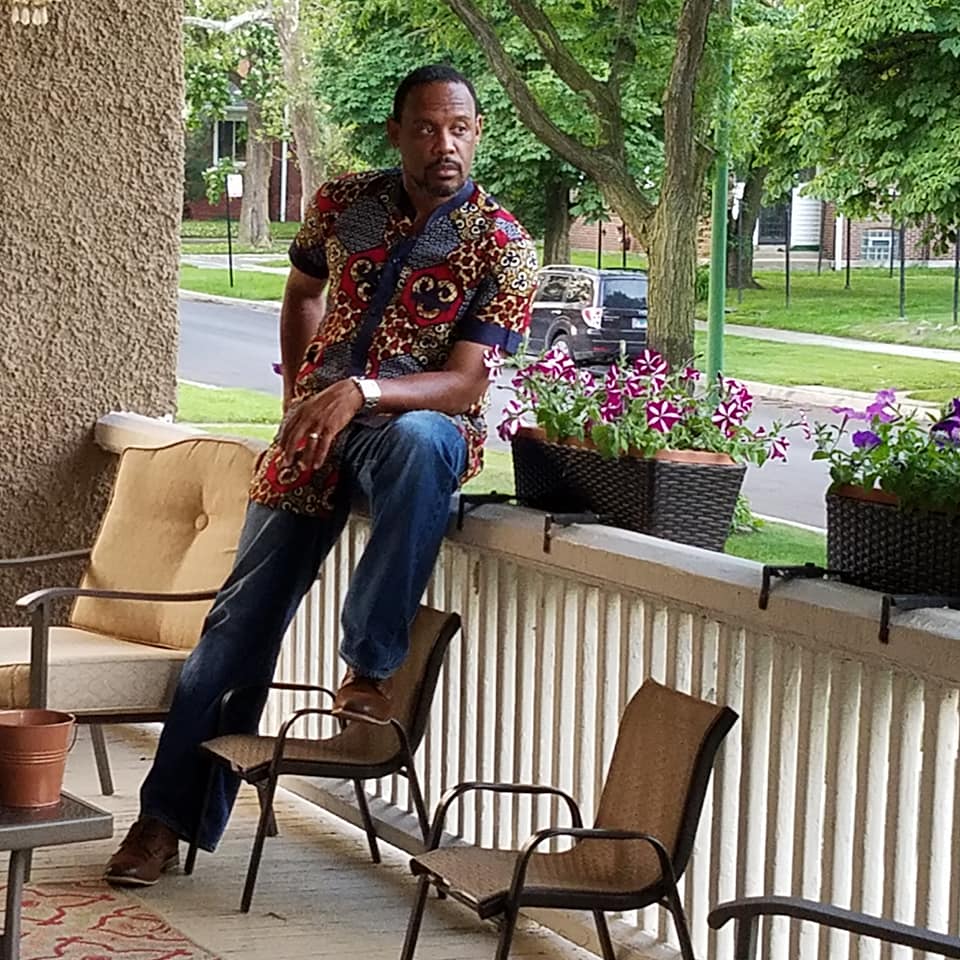
Who is Dave Maxx
Dave Maxx is from Chicago – 57th and La Salle – Englewood stand up! Sherwood Park, Smitty’s Barbershop, and all that good stuff. When Dave first came into stepping, that’s when he was just giving up on playing pro basketball overseas. On the court, Dave met some cool guys who looked out for him and ended up on the stepper’s set. He learned valuable lessons in pride and self-discipline on the court – sometimes the hard way. He was fortunate to be able to leave the neighborhood where he grew up. At the same time, he also knew that God is good and blessings are an opportunity to bless others.
There are insights that we can impart in our community to bring value. Over the years that’s been my goal to bring value so that we can truly see ourselves and what we bring to the table. We have to stop seeing ourselves in ways that have been dictated to us so that we can claim who we are and what those real possibilities are. There is real opportunity for us to not cheapen this dance, and for us not to disrespect it by just giving it away.
Dave Maxx
Dave started taking stepping classes in 1994, but 1993 was when he first came on to the set. Lonnie Gayton introduced Dave to Calvin Barnes when they went bowling with Dave’s best friend, Aubrey. They all were having marital problems. They met at the Fifty Yard Line line at 1:30 on Saturday and had a great time. His first time at the Fifty, Dave saw Adrian Haywood dance with Lola and thought he was the epitome of cool and thought, “I gotta do that.” Lonnie introduced me to Calvin, and after buying him drinks for months, Dave started classes for $65 at Kennedy King. His wife then decided she didn’t want to go but encouraged him to go, and he fell in love with Stepping.
“Dave Maxx is a dancer more than a stepper.” What do you think about that?
That’s the old head description. When I was taught the dance, I was taught that it was not about the format, but it was about the format. The essence of stepping was that you learn to express emotion, connect with the artists, and connect with your prior experiences. In the dance, there was an opportunity to share your experience. Footwork needed to be part of it; body language needed to be part of it, and facial expression was a part of it. If you talk to many old heads, you’ll hear about pantomime and the lip-syncing style of karaoke. These are the Influential pieces of stepping.
You danced to the songs that you could relate to. Steppers didn’t dance to a song just because it was hot. You had to learn the lyrics, the break, the baseline, the drum patterns, the ad-libs, and all of the music. Your job as the artist of dance, along with the artists of music, was to present this performance. It was your job to dance, not just do steps. And though stepping is a framework of steps, that’s not what stepping is about. Stepping is about self-expression and learning to get in touch with an artist who reminds you of your personal experience.
I think I’m blessed that people have noticed that it is not a singular thing when I dance. When I was going through that turmoil in my first marriage, it made me feel better that people could see my pain and frustration when certain songs come on ’cause now it’s a release. The world is acknowledging this about me, and so I also realized that the people who were the best dancers were the people who released their pain the best. I don’t care what you knew about them. What they expressed with their feet, hands, and gestures was beautiful. It was art in motion.
What is the difference now in teaching compared to when you started teaching Stepping?
People cared. They adhered to and respected the tradition. Some people aren’t going to like this. My thing has always been, it’s not about you respecting Chicago as much as you respect the black culture from Chicago. Does that mean you can disregard Chicago? That’s not what I’m saying. I’m saying that you have to respect Chicago. Just because somebody is from Chicago doesn’t mean they know what they’re talking about. Look at the realities of the information. You have to question people to ensure that you’re well-informed and not misinformed.
TEACHING STEPPING 20 YEARS AGO
I started moving around taking Stepping outside of Chicago in 2000 – 2001 – twenty years ago. Other people from Chicago were dancing in Atlanta, but I’m talking about a concerted effort to move the dance around the country. People wanted to ensure that what they were doing was what Chicago was doing – not a certain section of Chicago. They were respectful of the tradition itself. Now I see people who see opportunity. I see people who want a microwave experience rather than a black experience that’s about history. But I also believe that they’ve been taught that. Unfortunately, in the majority of the things that people have learned, misunderstood, or misinterpreted it has been with somebody from Chicago cosigning or saying OK. Some people get information, learn the reality and ignore it. At that point, it’s on you.
HONORING BLACK CULTURE
People have learned to treat Stepping like a fad or this thing rather than understanding this is black culture. This is black tradition – a part of the lining of who we are. You have to handle that with care. If you’re going to be a representative of black culture, you hold the community in your hands and should get it right. We hold the Chicago Cubs to it. If you are not from here ’cause a lot of people from here did get away with not handling the dance with care. When there are people who take classes 5-10 years and still dance like beginners, somebody didn’t do their job. Not to say that doesn’t happen in Chicago. It’s wrong when it happens here, but I think we must hold each other accountable.
SOCIAL MEDIA AND OUR YOUTH
I think there’s a different level of respect for the culture and the tradition than what was there years ago. The social media impact has allowed us to conduct ourselves in a reality TV-type way. Sometimes it’s attractive but social media is also a way to make a positive impact. You would figure that twenty years later, there should have been a youth movement by now. We talk about a youth movement, but a youth movement of still 40-year-olds. People say Stepping should be on Dancing with the Stars. How can that be? How are you going to teach a star to step? There has to be some care about fixing what’s been broken and not pointing fingers. We have to commit to growing, nurturing, and respecting Stepping. I think the respect now is different.
What do you see as the opportunities for improving instruction for Chicago Stepping?
People will have to ask serious questions about what they’ve been doing and what those results have produced.
MORE THAN THREE-DAY WEEKEND EVENTS
Are we putting efforts into growing communities? You can have a three-day weekend, but after that three-day weekend, you can’t get 100 people together to do a party. Why are you focused on a three-day weekend? Focus on growing the community. In Atlanta a couple of years ago, a thirty-minute snowstorm where you got a quarter inch of snow or ice ruined an entire weekend. There aren’t enough people in that local community where the event was not destroyed? That’s a problem. Moving the same group of people from city to city to party accomplishes what?
LEARNING THE REAL FUNDAMENTALS
Nurture, cultivate, and create something instead of pimping it. That’s not happening. People who call themselves instructors will have to work to learn the real fundamentals that move this forward. How can I serve students or clients? How can I build this into a legitimate business where over time, I could potentially sell it? There are some benefits to training young people in this style, but you have to learn what the real stuff is. If you have been teaching for ten years, where are the good dancers out of your classes? Where is the growth? If you can’t point to that and stepping keeps popping up as a fad in your city, you’re not doing the work or need to learn how to do better.
FOCUS ON BLACK EXCELLENCE
One of the things that has inhibited growth has been trying to be friends and be popular. Are we growing communities and building in the vein of black excellence? Are we nurturing black culture and building it up to survive us? Or, are we trying to put the people in the spotlight? As instructors, we have to find where real progress can be made and buy into it. That might not be free. One of the things that always hurt my heart about Stepping is the idea of cheap. Why do you want a $5 experience when something is special? When you are passionate, and you love something, why treat it like a $5 situation? You don’t want a $5 experience when it’s your birthday. Stop treating black culture and black tradition cheaply.
If you are going to get involved, be committed. I was drafted into this. If you care that much, do the work. Figure out what it takes to serve your people to give them the best results for what they’re trying to achieve.
Why does it seem that women progress faster in Chicago Stepping than men?
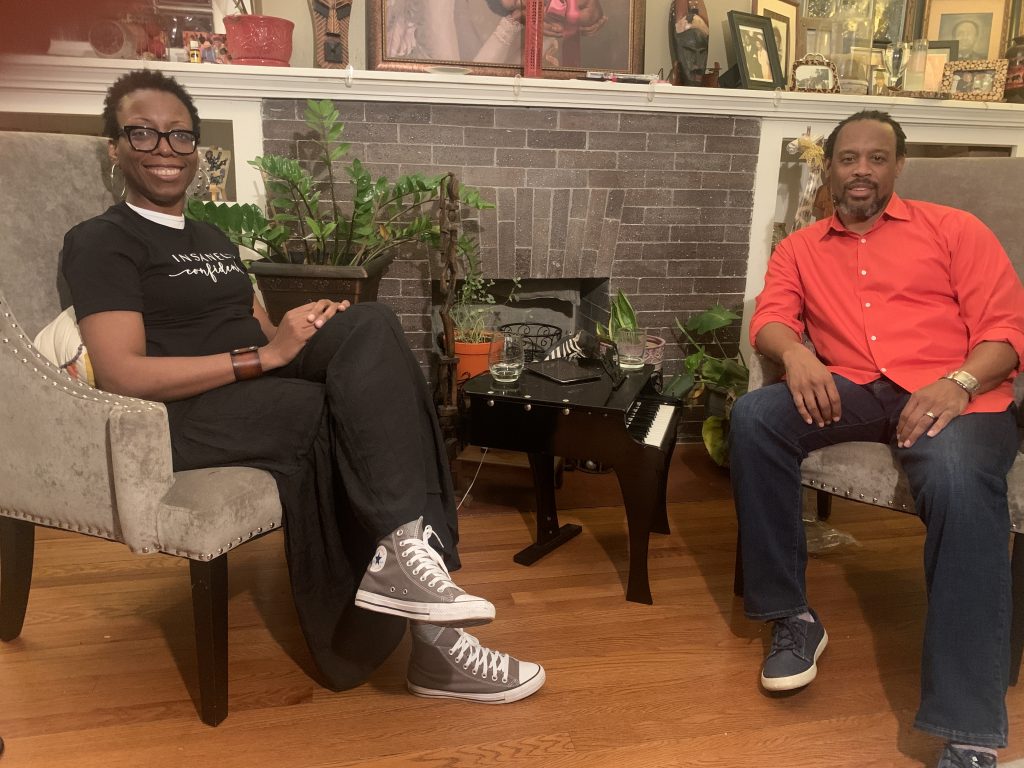
I don’t know if “progress faster” is a fair assessment. If you teach a woman her basic, you don’t have to teach her anything else. Once she knows the basic, she technically knows everything she needs to know. However, it is imperative men learn all of the nuances of the experience to make that relationship work. Black social dance is a big reflection of the traditional makeup of relationships. A man comes to the table with the job and the mission of creating an experience to share with this woman. That takes time to learn how to do, but it’s imperative in that experience to learn. You should have an instructor who understands how to teach it, not just how to do it.
We’re often drawn to the fanfare and shiny object if you will, and the popularity of great dancers not realizing great execution does not mean that the person is great at breaking down and teaching. How will a man learn to share that type of experience with the one? When this fails, you get men who get frustrated, who quit, feel left out, and feel ignored. They feel less than men because they can’t get what someone else does. Those are things that an instructor has to learn how to facilitate. If we don’t make that a focus of teaching this dance, we will have no dance.
“The reality is with no leads, you have no dance.” – Dave Maxx
If you’re creating a class where men don’t see the opportunity to progress, you’re not going to have environments conducive to men having opportunities to meet women. If we talk about why men take classes or why men dance, they dance to meet women. That being the case, we must focus on that and realize that’s our job. If they’re the source of the dance, we must teach them with more vigor and conviction. We want men who can reproduce what we do and not just stand around and be impressed by the fact that we do it well.
We must focus on men so women can be attracted to them. If we don’t do that, it’s a disservice to those who are good at Stepping to keep reproducing rooms and rooms and rooms full of women who expect 50 men to dance with 400+ women. It’s not an enjoyable experience for that man to go out. It’s a job or work. When I go out, I’m not inspired to come to work. I worked already today. Instructors must realize that the call to teach isn’t about you and your popularity and attention. It’s about service. If you aren’t ready to serve, just be a popular dancer. Don’t be an instructor. Leave that to the people who are ready to serve that purpose.
What is the gap steppers learning outside of Chicago fail to recognize early enough in the learning to dance process for Chicago Stepping?
It’s not that they’ve missed anything. The information they’ve been given isn’t complete enough to give them the results that they’re looking for.
THE PROBLEM OF BLIND ACCEPTANCE
People not from Chicago have to stop blind acceptance. Ask hard questions. Spending hard-earned money, you should be asking people when they teach you, is this how you learned? If it’s not, why are you teaching this way? Let them give you real answers and explain. How they plan on teaching should make logical sense. There should be a plan and a process for how this will come together for you as both lead and follow.
TEACH ME HOW YOU WERE TAUGHT
If someone comes to me and asks me about teaching them Stepping, they want what they saw me do. I need to be able to explain to them what that process is. They may say no. I don’t want to invest in that. As an instructor, it needs to be logical and make sense. I should be able to tell them what it will take for them to do it. If I can’t, I don’t need to be an instructor. I have to know the value of the material. Where did this come from? Anybody doing classes and saying I created this is looking for reasons to glorify themselves. All this was here when we got here. Make it about people learning and make it about people getting better.
RESEARCH YOUR INSTRUCTOR’S METHODOLOGY
Realize that popularity comes with teaching, and teaching comes with attention. But teaching also comes with the expectations of a person you will be able to share something with. Before you teach, did you research the methodology? Do you understand how it works? Do you understand what the last generation was doing – not what your instructor was doing? Your instructor may not know as much as you think they know.
LOOK FOR THE STUDENTS
I don’t care if they own you or if they’re on Facebook. If somebody knows them, got a World’s Largest trophy, or they have a website, none of those things mean anything when it’s time to measure whether or not this person has a methodology. Can you identify people who have learned, it is working, and they are good dancers. The best support you need is when the person teaches people like you. If you got a bum leg, ask them, do you teach people with bum legs? You are going to spend your money. Be selfish. That’s how it works.
What three things should we focus on as a community so that in ten years, what we see as Stepping remains true to what the creators intended?
- Learn the original frameworks – bopping and walking – proper walking and not this foolishness of putting your leg in between you and somebody else’s legs. Learn the essence of walking – a beautiful dance that’s not intimate. That’s a word you hear associated with walking regularly. The thing is, it shouldn’t be intimate, but it should be attractive.
- Keep the fun of social sharing in dance. Focus on sharing in the dance, not on being the best, not in skill set and levels.
- Focus on building communities and learning to build the community itself. It’s individual communities, and not “everybody come to my party.” Find what needs to be done in this space and area to make this an attractive experience for other people in my community to be included.
Starting MAK3 and teaching outside of Chicago
When I started MAK3, going to other cities was supposed to be about two different things – MAK3 pods in other cities like franchises; and having myself and a couple of other instructors teaching in rotation in places like Los Angeles. I was already training instructors here, in Chicago. Borrowing from pages of corporate America’s book, I started in-service training. Everybody from every city I went to would come to Chicago, and then I would go to those cities every six weeks rotating between LA, New York, Cleveland, and Detroit. My first wife and I were not together anymore, and she encouraged me to do it. My sister, who I stayed with, encouraged me also. They wanted to see it work.
About The Budland Network
We are in a space now where the realization has become that some things need to happen for stepping not to have the appearance of growing because we simply move the same party all over the place. I decided that I was going to share the curriculum that was able to build those communities and create a network of dance instructors who wanted good information. Those who want to be mentored to know about business principles and business dynamics and what it honestly takes to build a class are welcome.

I created the Budland Network and named it what it is because it is to be, ultimately, a reflection of what those who came before us created in Budland – a club on 64th and Cottage Grove. Back in the day, this is where the best dancers danced. This organization is about the best stepping instructors who have the best information. They are putting in the work to learn how to apply it, think like instructors, and take the things I erred with and do a better job than I did. The Budland Network is to create a mastermind environment where like-minded instructors can get together and bounce ideas off each other.
Yes, we are competing. When you’re in business, you compete, but you’re competing with yourself and your ability to create an experience for your client. We started the first Budland wave in Summer 2021, and the first group of instructors launched in May. Some of them have already started their classes. They’ve been getting great results from students saying this system makes sense. It’s based on what I learned to do as a dancer. I am proud of it, and I am hoping that as we move forward and it grows, other instructors will be interested in buying into a programming methodology that’s been proven. Success is based on showing the students who have progressed, learned, and built from the system. It’s not rocket science. The Budland Network approach is also about people learning to be great instructors to serve the community, not themselves.
How can someone become a part of the second wave of the Budland Network?
Invitations will open again in the summer of 2022 and start in August because we’re improving the entire platform. Our goal is to create an immensely better experience than it was the first go round. It was a multi-learning experience and a joy for me to do it the first time.
When Dave started MAK3, building communities wasn’t just about having a class in any city. When those communities grew, one of the things I started to realize is that although those people were part of my organization, they wanted some autonomy. They had their ideas and things they wanted to do. My business model didn’t afford it and did not play out how I wanted it to. Was it successful? To an extent, yes. It created communities, and those communities have since grown. Some people don’t even know that Dave Maxx was the one who was in their city, and I’m cool with that.
The Budland Network is an opportunity for you to have access to Dave Maxx’s program and Dave Maxx’s philosophy and principles, and you can figure out what works for you. If it does not, that is fine, but you’ll have information that you know has been successful for over 20 years, and then you decide how to implement what you like into your business. It’s the chance to learn my methodology and work and build off the success that I have had. You’re learning in both instructing and business and how to improve on where I messed up. We are focused on both methodology and business principles.

